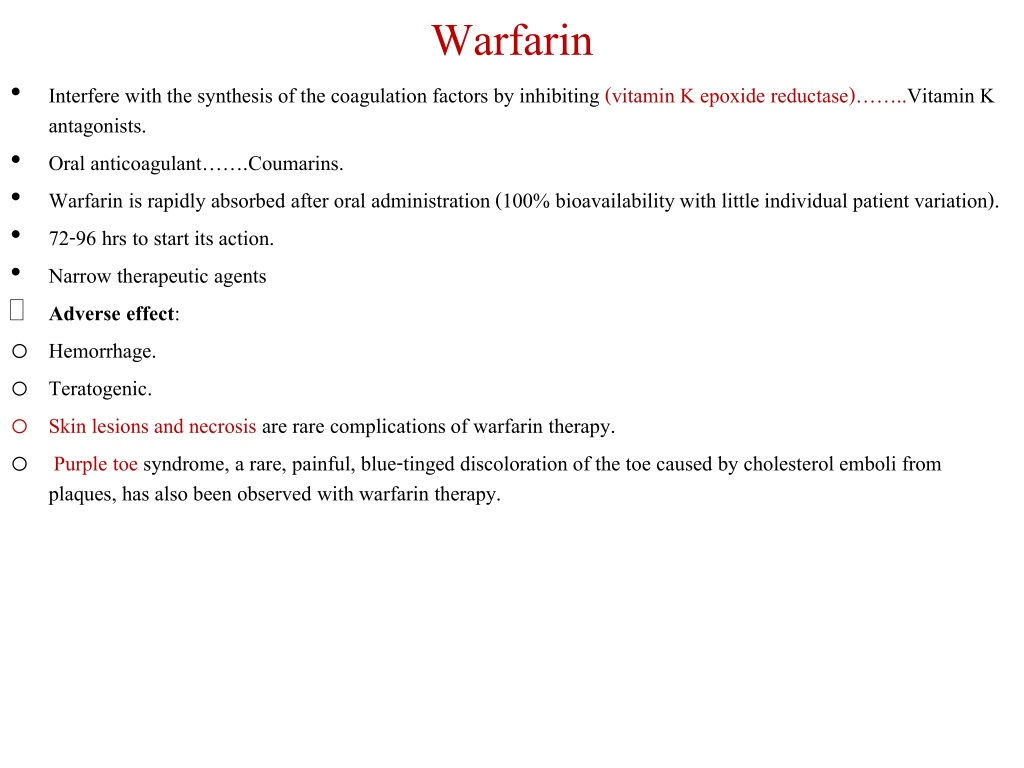

Farmers watched in horror as their otherwise healthy cows suddenly became sick-often after routine procedures, such as dehorning-collapsing in pools of their own blood. In the early 1920s a strange and bloody illness slowly spread through cattle farms across Canada and the United States. Warfarin was discovered by researchers attempting to solve yet another medical mystery, this one affecting cattle.

What he couldn’t imagine is that his brush with death would help save countless lives. EJH reasoned if it could kill rats, it could kill humans too.

Warfarin had made its market debut in the early 1950s and almost instantly became a familiar sight in homes, businesses, schools, and places of worship across the United States. How had this man survived 500 milligrams of rat poison that would have killed a rat many times over and probably most other humans? This question would occupy medical researchers into the 21st century.Ĭourtesy of the University of Wisconsin, Madison, Archives (ID S00093)ĮJH’s poison of choice was a commercial rat bait known as warfarin, sold under the brand name d-CON. They published his curious case in medical journals, and EJH (as he was dubbed) became part of medical history. The recruit was despondent as he told his tale, but his doctors were intrigued. But two days later, as the pain became overwhelming, he realized (to his consternation) he was still very much alive. Then on April 2 a sudden sharp pain set in along his torso, and blood began to spurt from his nose. Doggedly, he swallowed the poison again that night and for the next four nights, to no avail. The next morning, to his shock, he woke up alive and well. Depressed by his future prospects and desperate to avoid deployment at any cost, he had taken a small amount of rat poison.

When the young recruit was finally lucid, doctors pried the story out of him. After several hours doctors managed to stabilize him, but they couldn’t figure out what had caused the bleeding. As nurses tried to secure him to a gurney, his nose began to bleed profusely a flood of red spilled over his clothes. Doubled over with acute back and abdominal pain, he could barely walk. On April 4, 1951, a 22-year-old military inductee stumbled into a U.S.


 0 kommentar(er)
0 kommentar(er)
